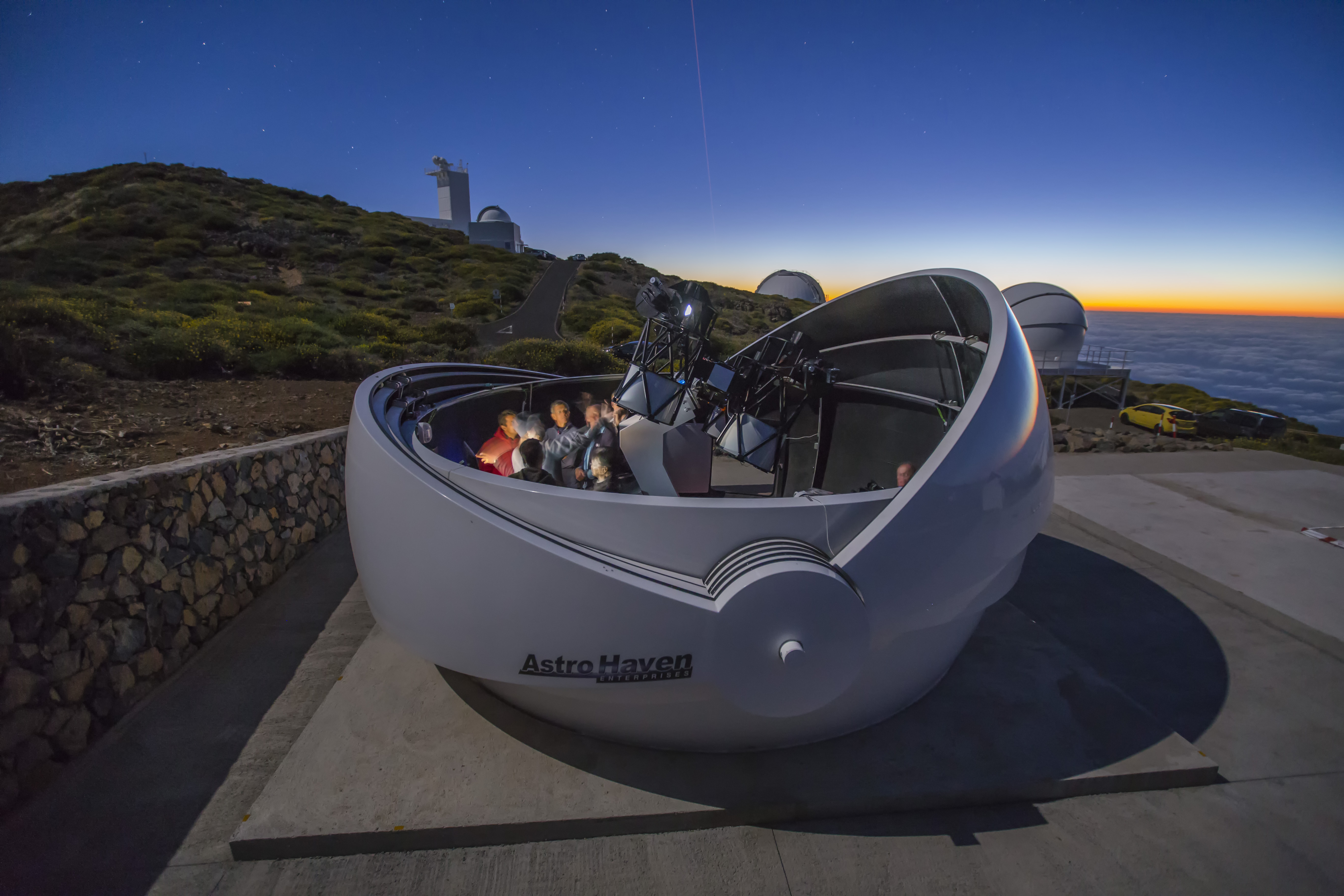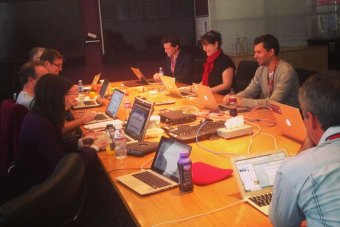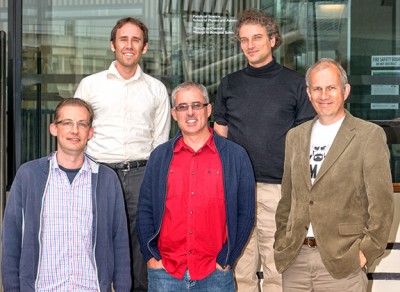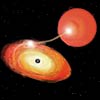2017 Nobel Prize in Physics to LIGO team
 Rainer Weiss, Barry Barish and Kip Thorne were last night awarded the
2017 Nobel Prize for Physics,
"for decisive contributions to the LIGO detector
and the observation of gravitational waves". This award caps a terrific year
for the collaboration, which (by my observation) has scooped pretty much
all the
major
science
awards.
Here at Monash we're
celebrating our involvement in the project,
and looking forward to the (hopefully many) surprises in store for the future.
Rainer Weiss, Barry Barish and Kip Thorne were last night awarded the
2017 Nobel Prize for Physics,
"for decisive contributions to the LIGO detector
and the observation of gravitational waves". This award caps a terrific year
for the collaboration, which (by my observation) has scooped pretty much
all the
major
science
awards.
Here at Monash we're
celebrating our involvement in the project,
and looking forward to the (hopefully many) surprises in store for the future.






 Gravitational radiation - ripples in the fabric of space predicted by
Albert Einstein - may serve as a cosmic traffic enforcer, protecting
reckless pulsars from spinning too fast and blowing apart.
Gravitational radiation - ripples in the fabric of space predicted by
Albert Einstein - may serve as a cosmic traffic enforcer, protecting
reckless pulsars from spinning too fast and blowing apart. MIT scientists have found a pulsar in a binary system that has all but completely whittled away its companion star, leaving this companion only about 10 times more massive than Jupiter.
MIT scientists have found a pulsar in a binary system that has all but completely whittled away its companion star, leaving this companion only about 10 times more massive than Jupiter.

